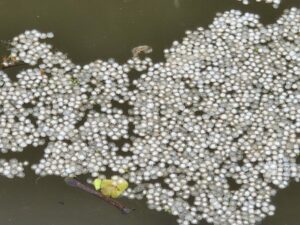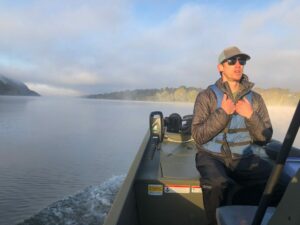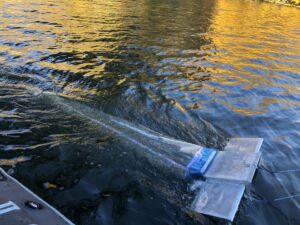What Are Nurdles?
Have you ever found a tiny plastic bead floating in a creek, wedged between rocks, or even inside a hooked fish? That's a nurdle! These oat-sized dots of plastic serve as the building blocks for most plastic items we buy in stores. Despite their cute name, they are often dumped into our waterways with ugly consequences. Nurdles accumulate toxins and enter the food web when animals mistake them for a meal. They can cycle through the food web for centuries. Surface feeders including birds, turtles, and fish are likely to ingest nurdles. This can starve them, poison them, or lead to digestive impaction, killing them.
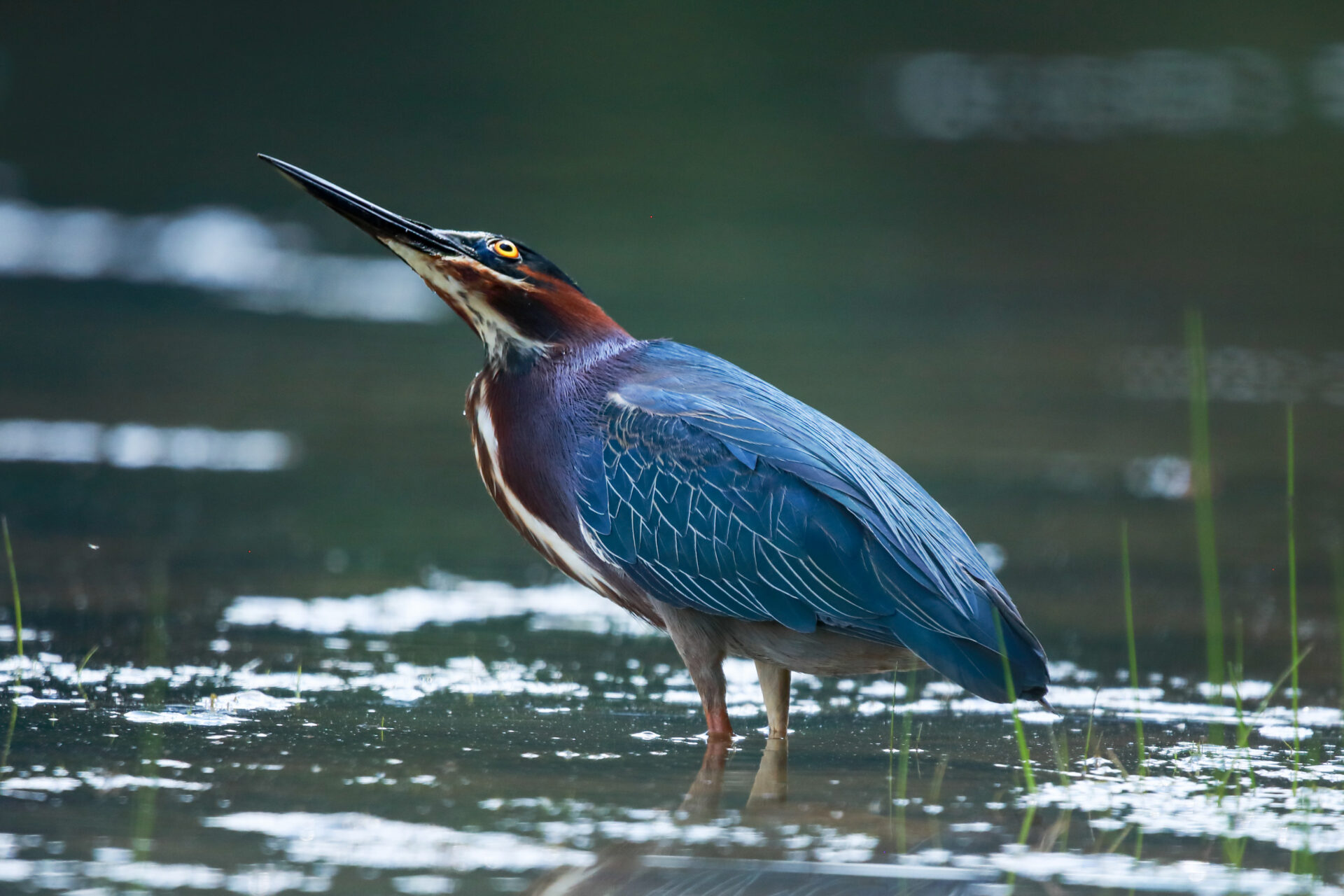
Nurdle-eating fish caught and consumed may pass toxins up the food web to people. This is also true for eagles, herons, and other animals that predate on fish.
The Nurdle Patrol
To keep track of this threat, Mountain Watershed Association (MWA) and Three Rivers Waterkeeper (3RWK) conduct a regular patrol of the Ohio River in Beaver County for monitoring water quality and floating plastics.
The “nurdle patrol,” a local program initiated by MWA in 2020 and partnered with 3RWK in 2021, runs a water-based protocol including a trawl designed to capture suspended solids bobbing in the river at various sections of the waterway. Our team also monitors nurdle numbers on the riverbanks, using an adapted protocol developed by nurdlepatrol.org.
Since launching monthly float patrols, MWA has learned that nurdles have already infiltrated the waterways. The environmental and human health impacts of plastics are not fully known, but recent studies shown negative impacts of microplastics on human and environmental health.
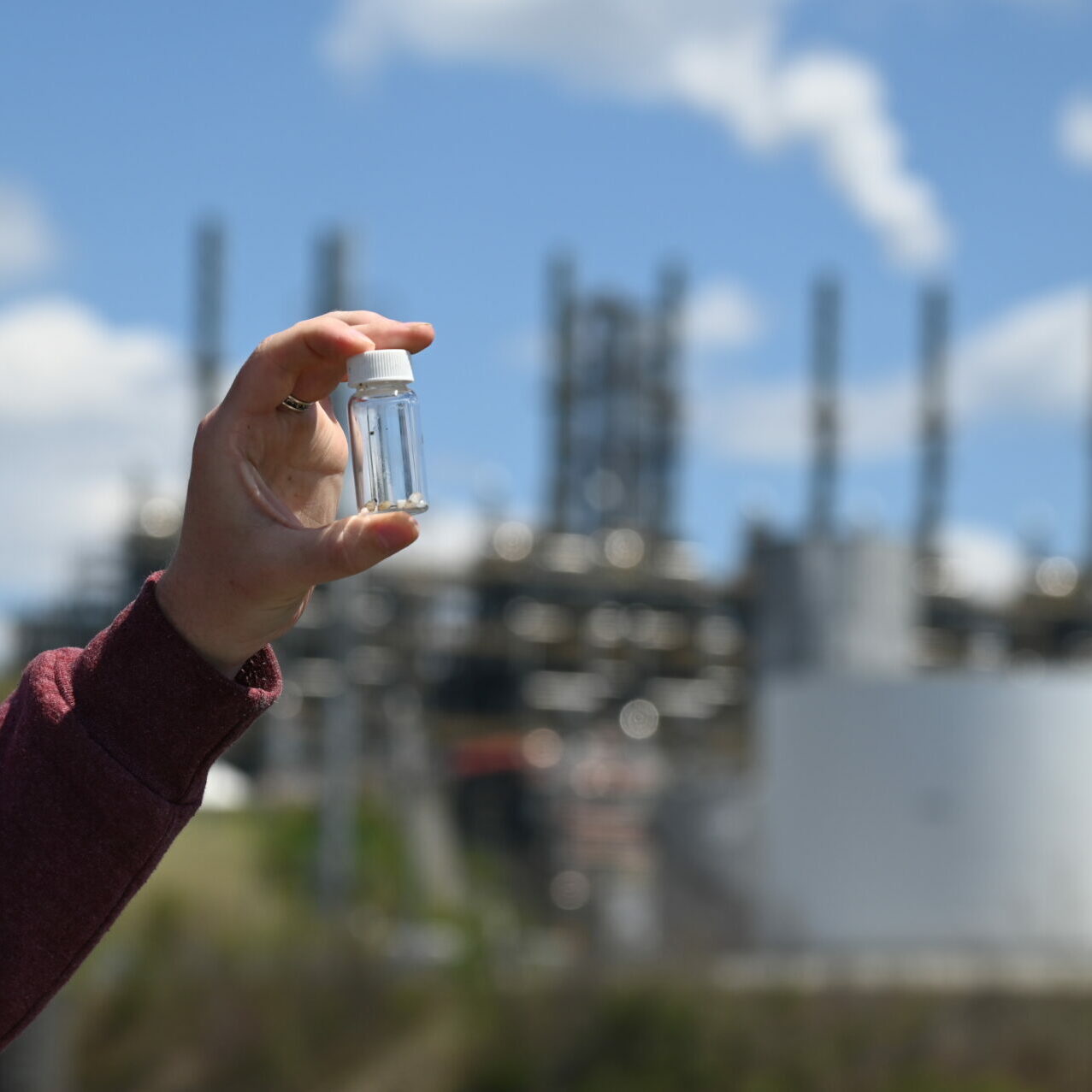
Common sources of spills may include train loading areas or factory unloading lots. Nurdles are likely washed away during heavy rains, sticking to larger debris where they hitch a ride to new shores. We capture them by running our trawl in a specific channel of the river for fifteen minutes with a plankton net streaming behind, storing any material larger than 5 microns. Then, we keep them in bottles for future analysis.
To bolster our patrols, MWA works with several research labs at institutions including the University of Pittsburgh, Penn State Behrend, and Duquesne University. With their help and expertise, we are learning more about the nurdles trickling through our watershed. By passing on the captured plastics in glass vials, we are building a record of the types of plastic collected, the toxins “sponged” into local nurdles, and the wildlife that may be ingesting them.
Holding Polluters Accountable
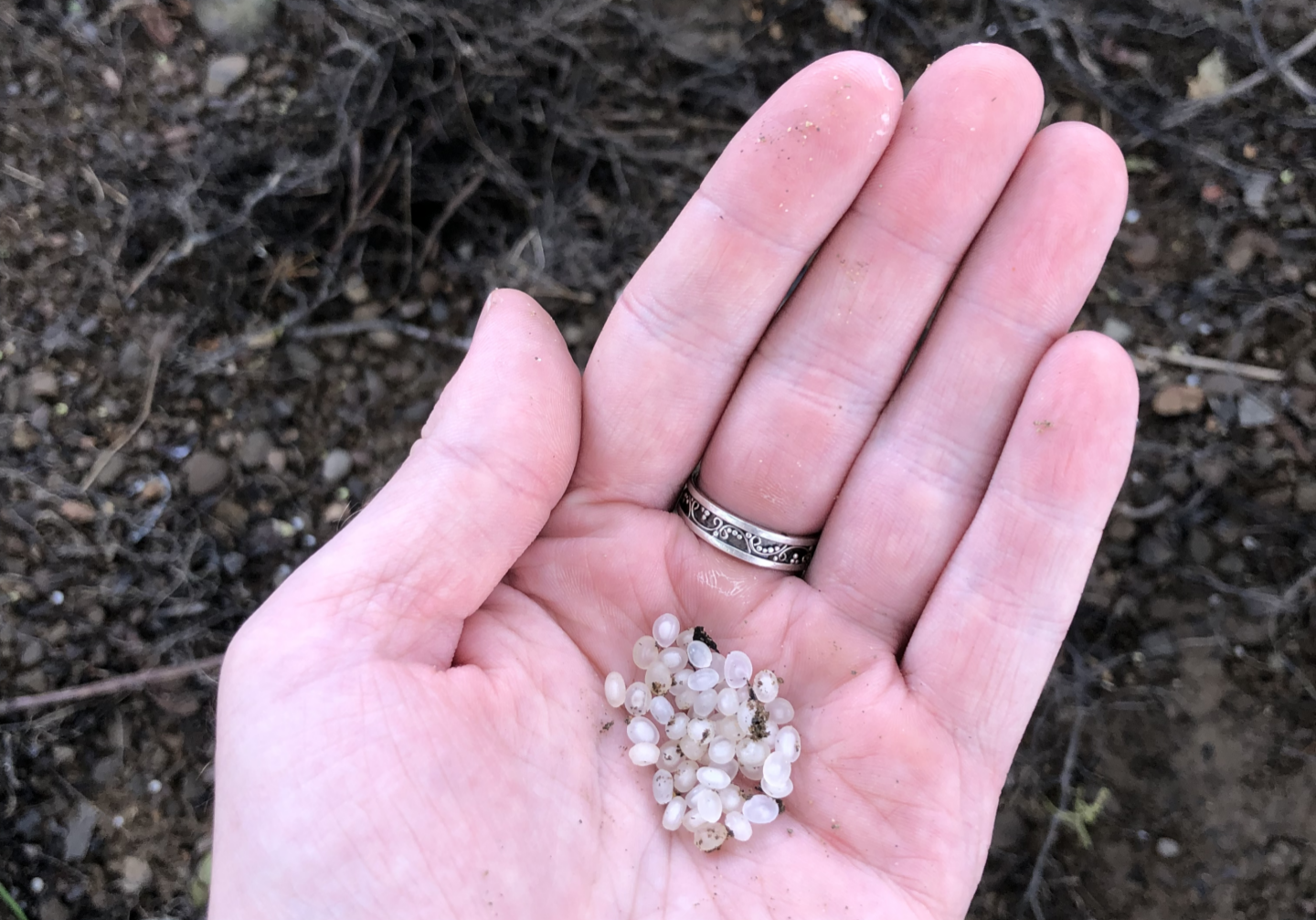
On monthly nurdle patrols along the Ohio River next to Raccoon Creek, Three Rivers Waterkeeper and Mountain Watershed Association observed an excess of nurdles within the Ohio River. The two organizations traced the nurdles back to Styropek's main outfall (002) along Raccoon Creek, a major tributary to the Ohio River.
This alleged illegal discharge of solid materials out of an outfall into a waterway was reported to the Pennsylvania Department of Environmental Protection.
In December of 2022, the PA DEP did a visual inspection at several of Styropek's outfalls and identified nurdles present near Outfall 002. The presence of these nurdles in the waterways was continued to be seen during the monthly nurdle patrols along the Ohio River and along Raccoon Creek.
On October 3, 2023, Three Rivers Waterkeeper and PennEnvironment filed a formal notice of intent to sue BVPV Styrenics LLC and its parent company, Styropek USA, Inc., for alleged violations of the federal Clean Water Act at their plastic manufacturing facility in Monaca, PA.
On December 5, 2023, PennEnvironment and Three Rivers Waterkeeper filed a federal lawsuit against BVPV Styrenics LLC and its parent company, Styropek USA, Inc. Read the full press release here.
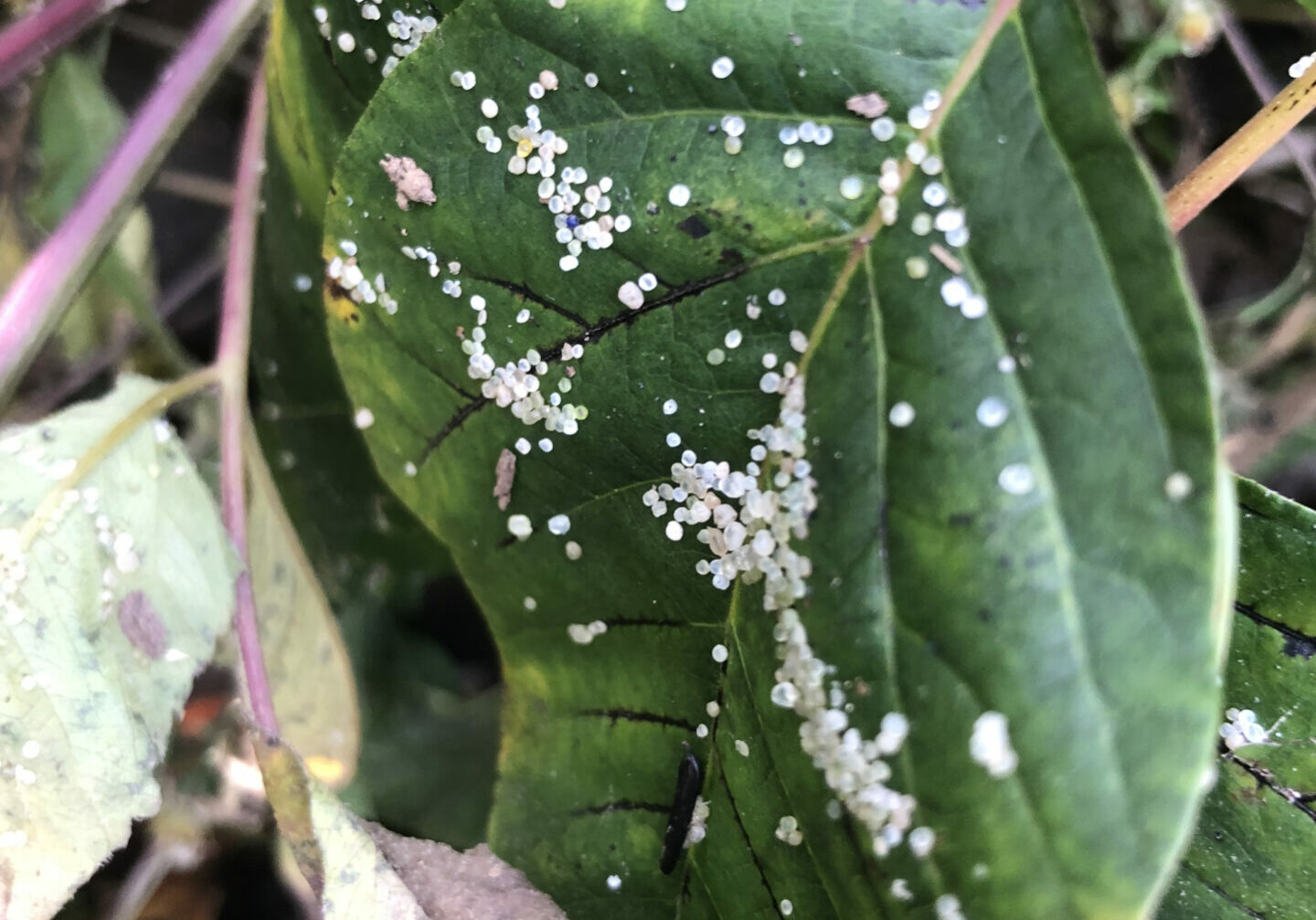
Sign up for information and updates on riverbank nurdle patrol here.
When you add your email address, we will send you a 2-minute video about how to conduct your own nurdle patrol, links to submit your findings to a database, and more. Enough data may help us pinpoint the source of nurdle releases and kick these sneaky plastic pellets out of our rivers!
News & Updates
MWA responded to buffer cars filled with nurdles careening into the water and crumpling on the riverbanks.
Read MoreIn the water, nurdles can be mistaken for a bubble. On land, they look like a rounded quartz pebble. But unlike quartz, they float and leach toxins into the water,…
Read MoreMountain Watershed Association has started to track nurdle pollution in our waterways, establishing a baseline of testing this fall.
Read More

